Can a Female Become Para SF Commando?
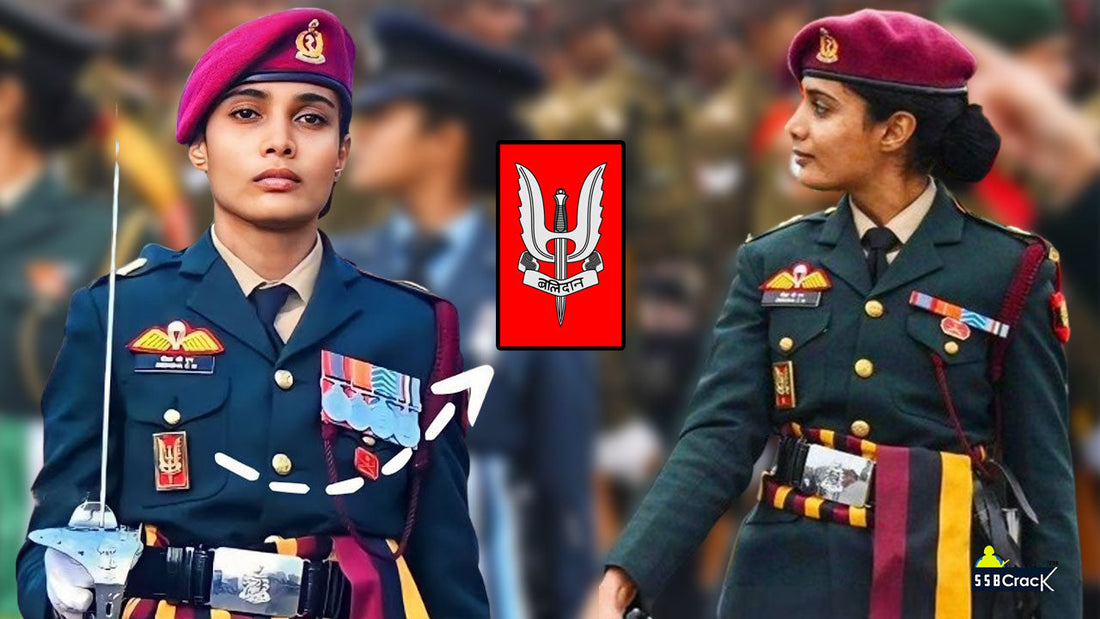
Currently, women are not allowed to serve as combat soldiers in the Indian Army's PARA Special Forces (Para SF), which is part of the Infantry. However, women officers in non-combat roles, such as those from the Army Medical Corps (AMC), Signals, or other support arms, can undergo para training and qualify for the prestigious maroon beret and para wings. These officers typically return to their parent units after completing the training and do not serve in combat roles within the Para SF.
In recent years, discussions about women's roles in the armed forces have gained significant momentum globally. The evolving landscape of military inclusivity raises compelling questions, particularly regarding the combat roles of women in elite units like the Para Special Forces (Para SF) of the Indian Army.
While society progressively embraces the idea of women serving alongside men in various fields, the question looms: can a female ever become a Para SF commando?
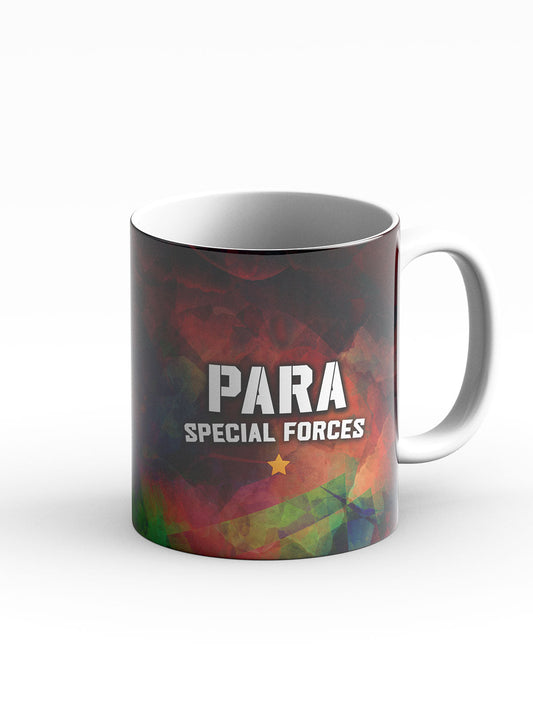

PARA SF Coffee Mug
Rs. 699.00
Sale price
Rs. 499.00
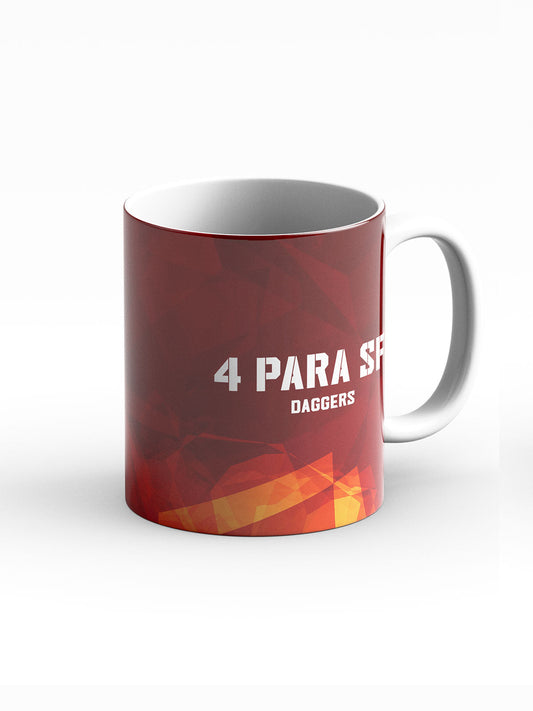

4 PARA SF Coffee Mug
Rs. 699.00
Sale price
Rs. 499.00

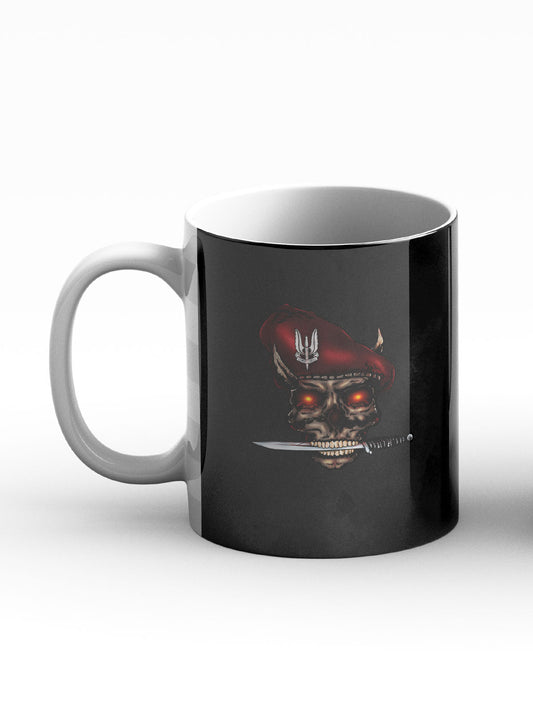
9 PARA SF Coffee Mug
Rs. 699.00
Sale price
Rs. 499.00
Para Special Forces Commando Coffee Mug
Rs. 699.00
Sale price
Rs. 499.00
Historical Context
The inclusion of women in the military has undergone considerable transformation since World War I and World War II, where women took on roles as nurses, clerks, and logistical support. As nations devoted resources to modernizing their armed forces, the role of women steadily expanded. Countries like the United States and Israel have moved toward integrating women into front-line combat units, a conversation that India is now beginning to navigate. The Indian Armed Forces have historically maintained strict gender roles, with women often relegated to non-combat roles. Though women officially entered the Indian Army in 1992, their duties remained confined until only recently, and still include positions in areas such as the Medical Corps, Signals, and Engineers. The current conversation regarding female soldiers in combat roles is not only a matter of equity; it also taps into broader discussions about operational effectiveness, modern warfare, and the traits of contemporary soldiers.
Current Status of Women in the Indian Army
As of now, women cannot be commissioned into the fighting arms of the Indian Army, which includes elite battalions like the Parachute Regiment. This restriction applies specifically to combat positions within Infantry, Mechanized Infantry, and Armoured Corps. Para SF units typically require soldiers to meet demanding physical and mental thresholds, including high endurance, agility, and combat skills that are historically perceived as aligning with masculine traits—a perception that has been slow to evolve.

Eligibility and Restrictions
Women can join various branches of the army, but their potential to participate in direct combat roles, especially in elite units like the Para SF, remains limited.
- Commissioned Roles: Women officers can join the Indian Army through various entry schemes but are not yet commissioned into combat arms. The significance of this limitation cannot be overstated.
- Para SF Attachment: Women may serve in attached roles that provide critical support to special forces, such as medical assistances, but as of now, they cannot serve as combatants.
Current Roles for Women in the Military
While direct combat roles in the Para SF are limited, women have made strides in other supporting capacities:
- Medical Support: An interesting and notable example is Captain Deeksha C. Mudadevannanavar, the first female officer posted to the special forces outfit within the Parachute Regiment. Although she does not partake in combat, her training in MOBC (Medical Officers Basic Course) enables her to provide essential medical assistance.
- Induction and Training: Women wishing to join the special forces can volunteer for selection; however, no woman has yet fully qualified for the elite status required to become a commando.
9 Para SF Special Forces Wall Flag
Rs. 999.00
Sale price
Rs. 699.00
OTA Chennai Wall Flag
Rs. 999.00
Sale price
Rs. 699.00
National Security Guard NSG Wall Flag
Rs. 999.00
Sale price
Rs. 699.00
Indian Military Academy IMA Wall Flag
Rs. 999.00
Sale price
Rs. 699.00
Training and Selection
The selection process for the Para SF is one of the most rigorous in the Indian military. Candidates undergo extensive physical and psychological assessments, testing endurance, operational skills, and mental resilience.
- Qualitative Requirements: Women officers can volunteer to undergo the same selection process that their male counterparts face, but the grueling nature of the training means that success rates for women aspiring to join the Para SF remain low.
Despite Captain Deeksha being rejected twice—over concerns related to physical capability—her eventual role signifies both hope and a tangible instance of what is possible within current restrictions.
The experiences of notable women such as Captain Deeksha highlight both the challenges and the achievements within the current military framework.
- Captain Deeksha C. Mudadevannanavar: Initially rejected, she persevered through additional training and succeeded in being assigned to the special forces in a supportive role. Her deployment during the Turkey earthquake showcases the potential that exists for women to serve in crucial capacities, albeit those that do not include direct combat.
Statistical Data and Research Insights
As of now, no woman has successfully passed the rigorous tests required to join the elite Para-Special Forces (Para SF) of the Indian Army or similar special forces units in the Indian Navy (MARCOS) and the Indian Air Force (Garud Commandos). Despite the opportunity for women to volunteer for these roles, none have been able to meet the exceptionally high physical and mental standards necessary for qualification.
Statistical evidence from the last decade indicates a steady increase in the enrollment of women in various roles within the Indian Army. For instance, the percentage of female officers in the Indian Army has grown, yet the combat roles remain elusive.
- Current Numbers: As of 2023, women represent only around 4% of the combat arms of the Indian Army, a stark contrast to the overwhelming male majority. This figure spotlights the need for a broader reassessment of policies regarding gender roles in combat situations.
SSB Interview Books Power Pack: 4 Must Read Books for Defence Aspirants
Rs. 1,760.00
Sale price
Rs. 1,399.00
Let's Crack SSB Interview Book [Paperback]
Rs. 390.00
Sale price
Rs. 360.00
Breaking The Code of SSB Psychological Tests Book - SSB Interview (TAT/WAT/SRT/SD)
Rs. 390.00
Sale price
Rs. 360.00
OIR Test & PPDT Book - SSB Interview Screening Test - Stage 1 Testing
Rs. 490.00
Sale price
Rs. 375.00
Challenges and Solutions
One of the most significant challenges is the deeply entrenched societal notions regarding gender roles within the military.
- Physical Standards: The rigorous selection processes are an additional barrier. The question remains whether the physical requirements can be adjusted to create more equitable access for women without compromising operational efficacy.
- Cultural Shift: Promoting a culture that values equality in combat roles is crucial. Increased narratives around successful female officers may help shift public perception and military norms.
Future Trends and Predictions
The Indian Army seems poised to enter an era of reconsideration regarding the role of women. Discussions at different governmental levels reflect an openness to change.
- Enhanced Roles: Proposals for allowing women into combat roles have been considered, with the Army contemplating structural changes to its recruitment and training policies.
- International Standards: As the global discourse around women's combat roles evolves, India may look to other countries that have successfully integrated women into combat positions for insights and model frameworks.
Conclusion
In summary, while women cannot currently serve as Para SF commandos in combat roles within the Indian Army, the narrative is gradually shifting toward a future where their inclusion could become a reality. The remarkable achievements of women have paved the way for future discussions, highlighting that capability transcends gender.
Capturing the essence of valor and service, women like Captain Deeksha C. Mudadevannanavar, despite not engaging directly in combat, have demonstrated that their roles are invaluable. Advocating for policies that support increased participation of women in the combat arms tackle the profound conclusions of equality and operational efficiency.
The challenge remains: can the Indian Army reconcile tradition with modern gender equity ideals? While the future is uncertain, the ongoing conversation within military circles signifies a progressive shift toward inclusivity.
As society continues to endorse equality, the hope remains that female commandos will one day don the maroon beret and stand alongside their male counterparts in the elite Para SF. For now, the story of women in the Indian Army is one of potential, resilience, and ongoing struggle—a testament to the assertion that every contribution matters, irrespective of the form it takes.
Whether through direct combat or crucial support roles, the fight for equality in the armed forces is far from over. The quest for a truly inclusive defence force is not just about validating capabilities; it’s about creating a space where all can thrive, irrespective of gender.



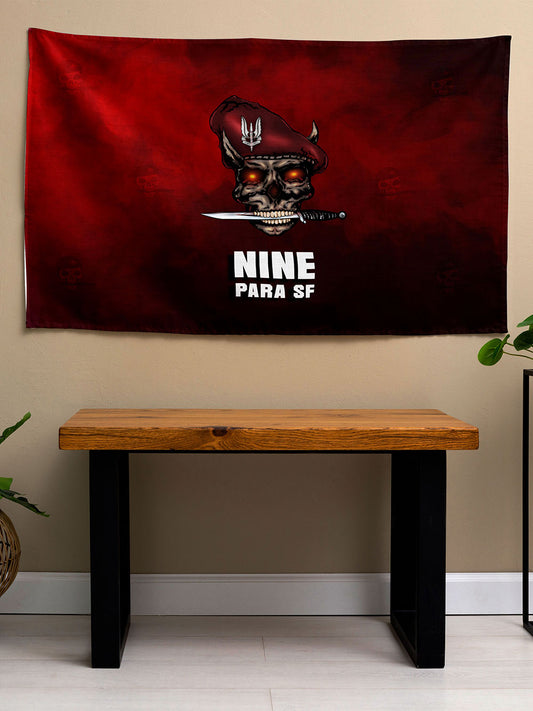
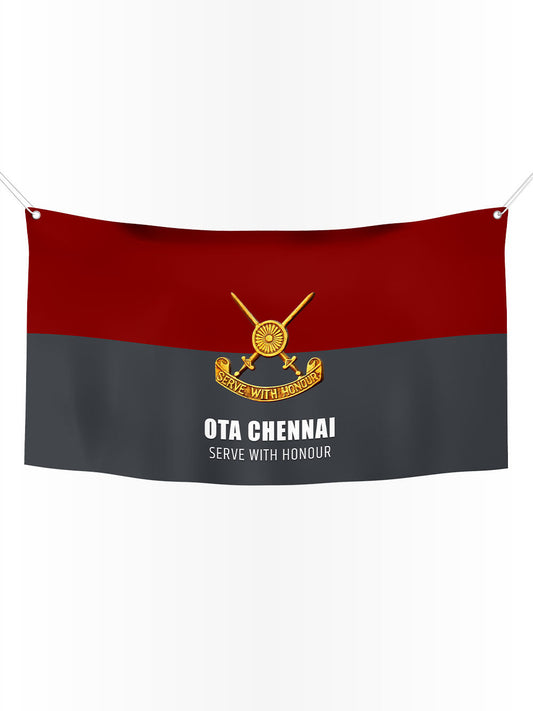
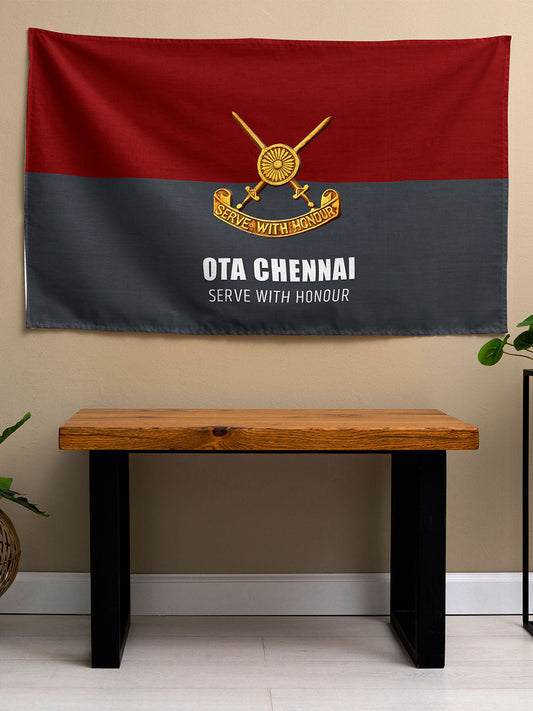
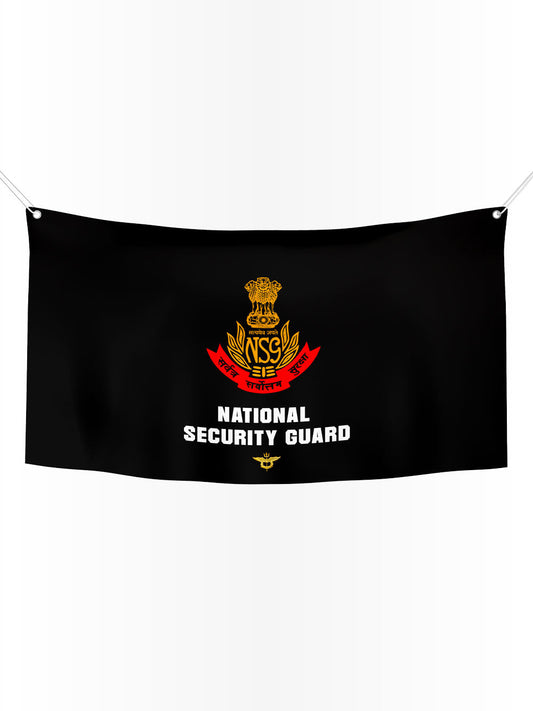
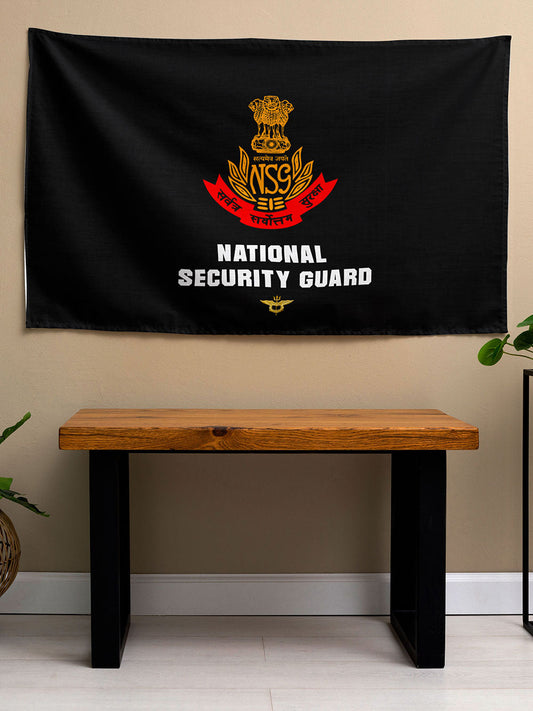

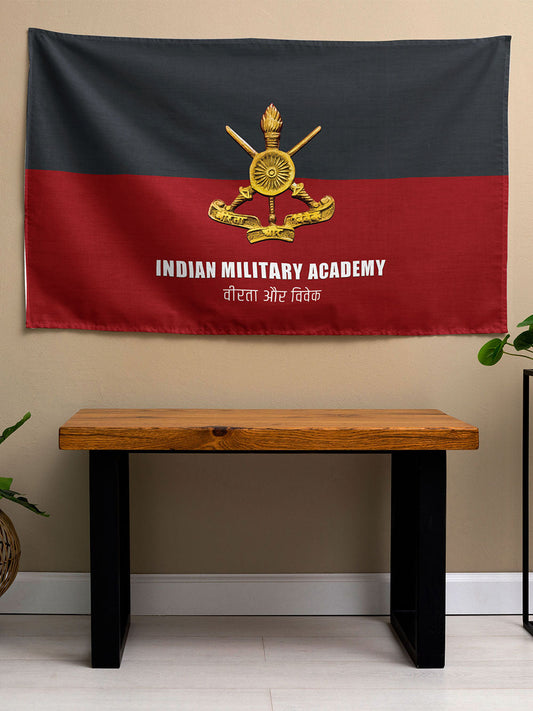

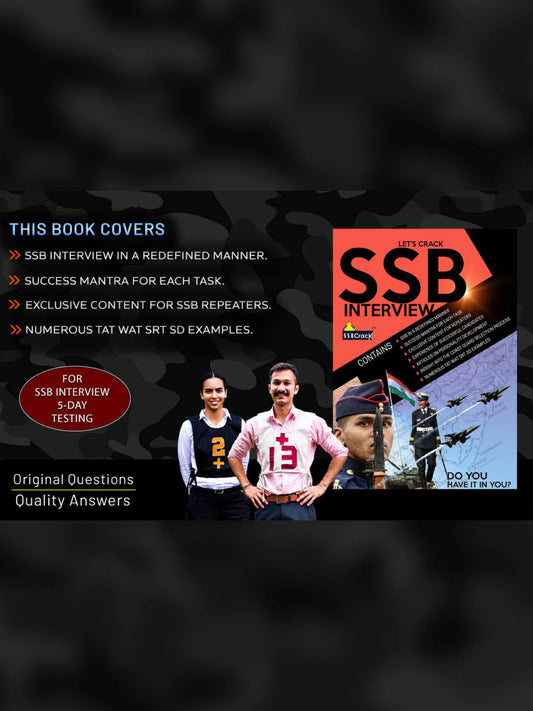
![Let's Crack SSB Interview Book [Paperback]](http://shop.ssbcrack.com/cdn/shop/files/ssb-books.webp?v=1736351621&width=533)
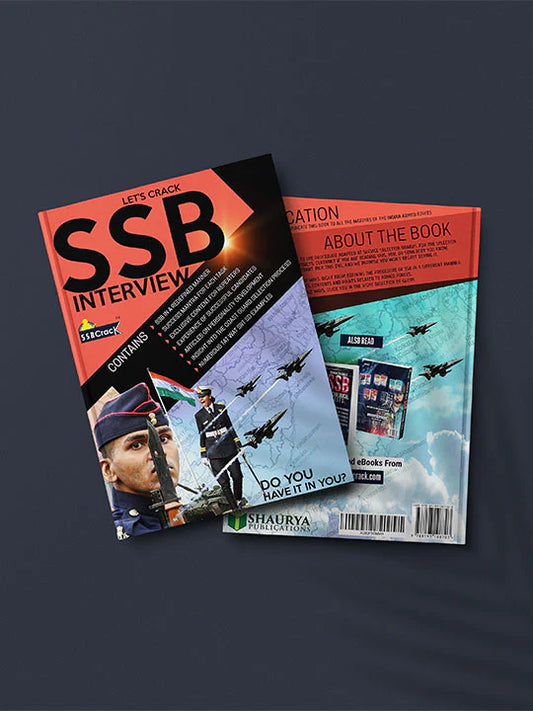
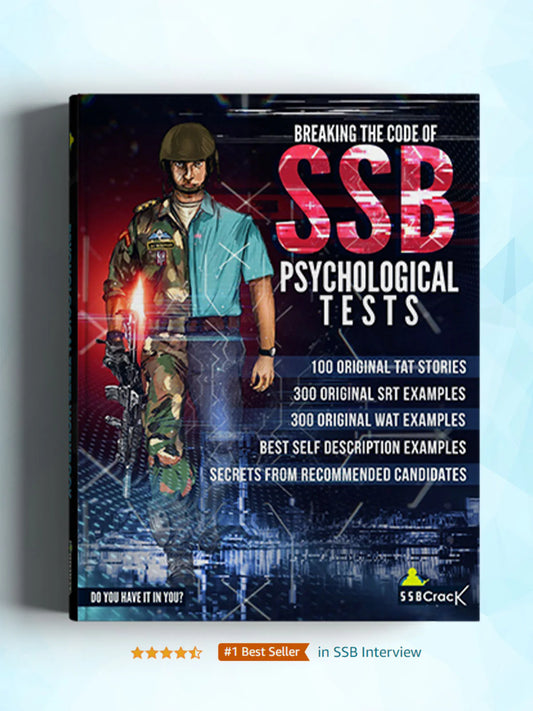
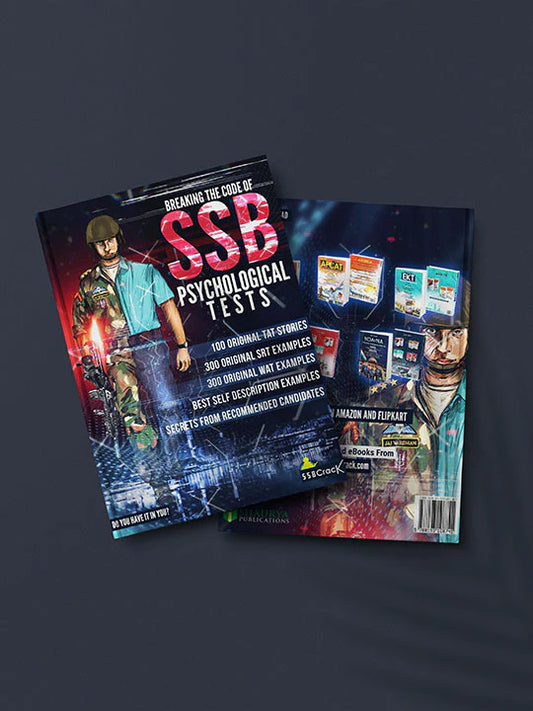
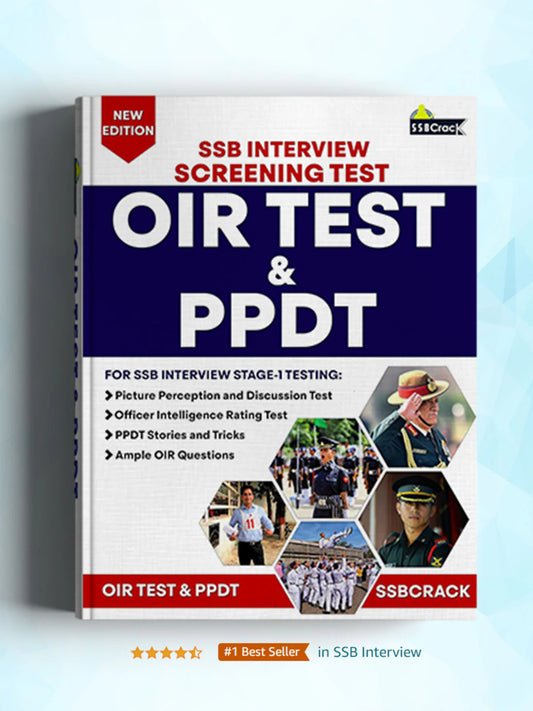
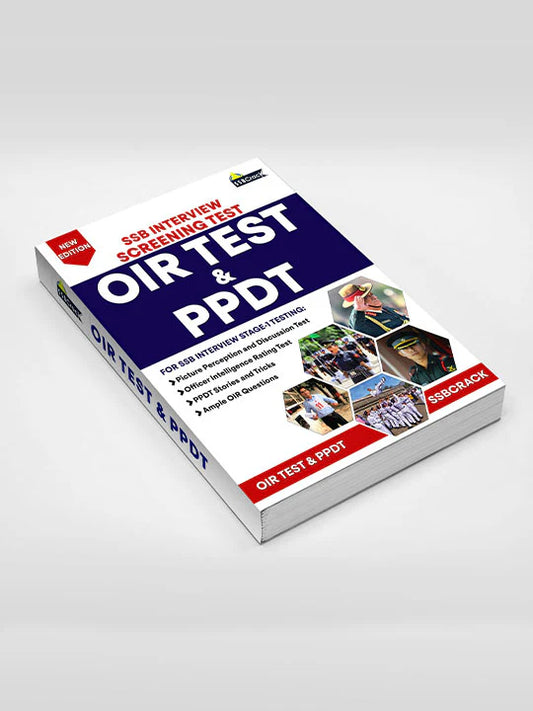



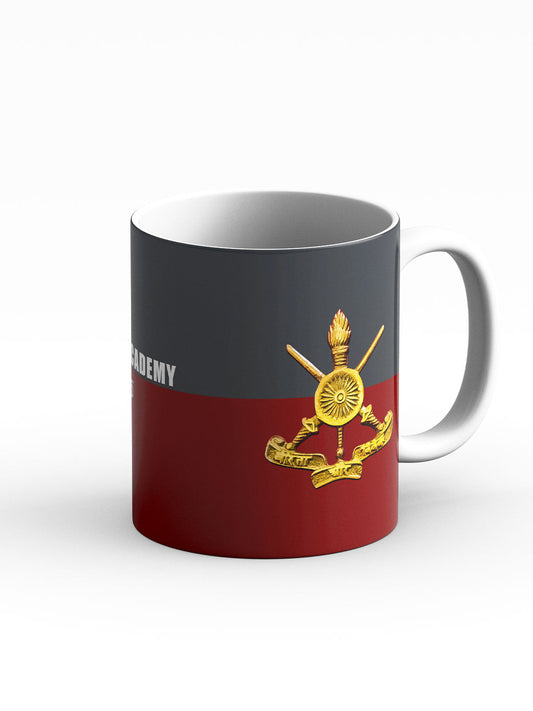
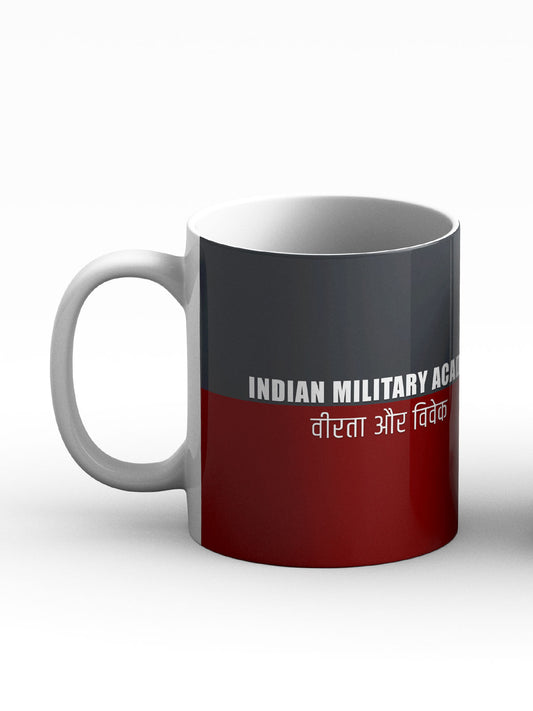
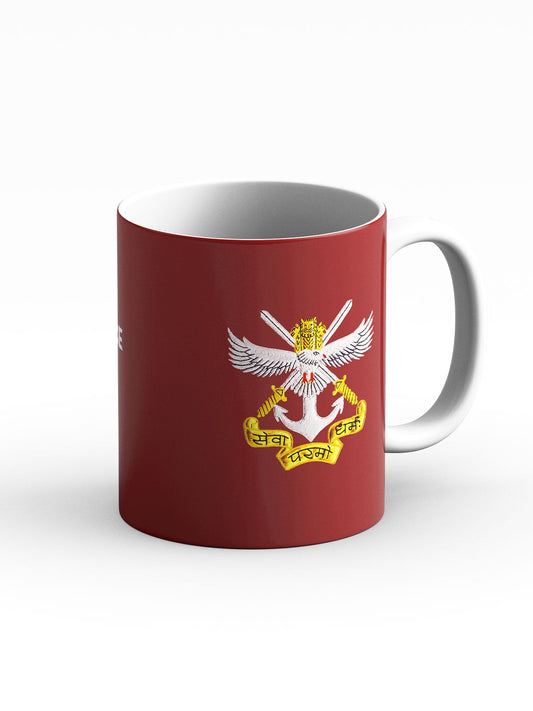
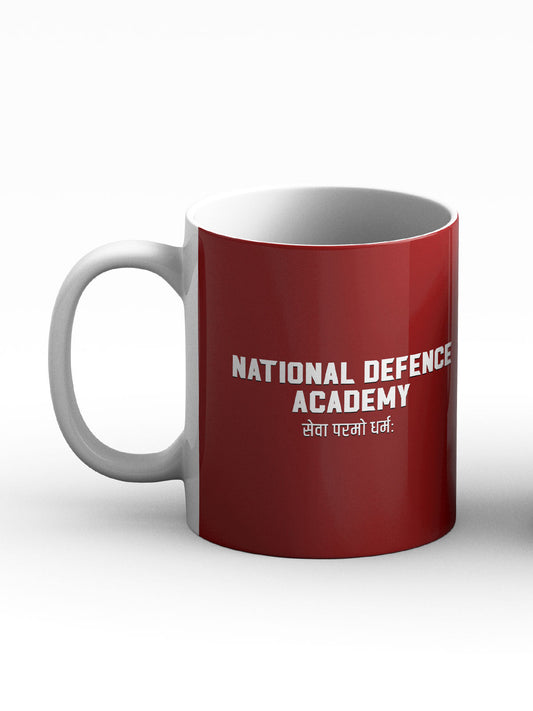

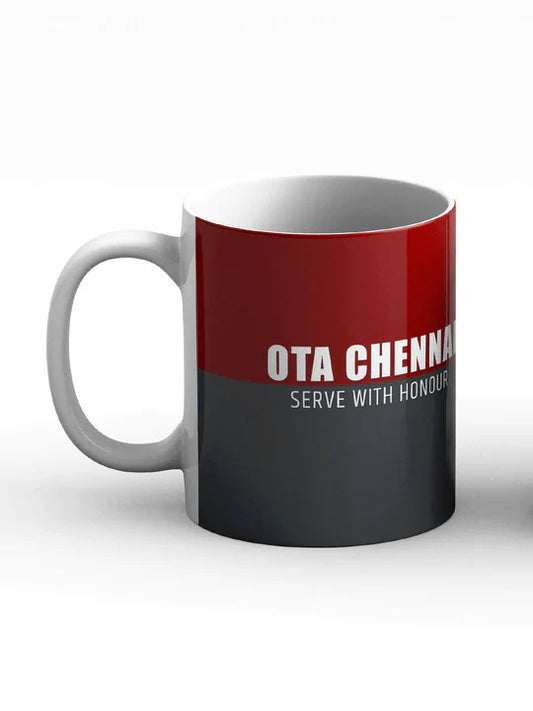
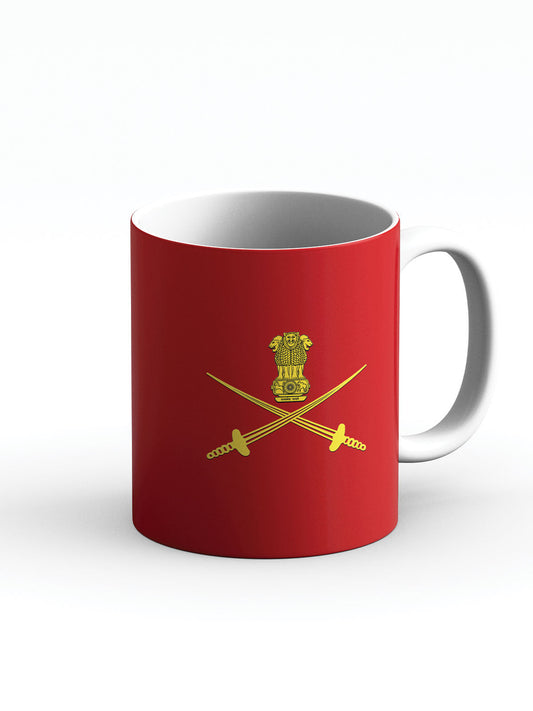
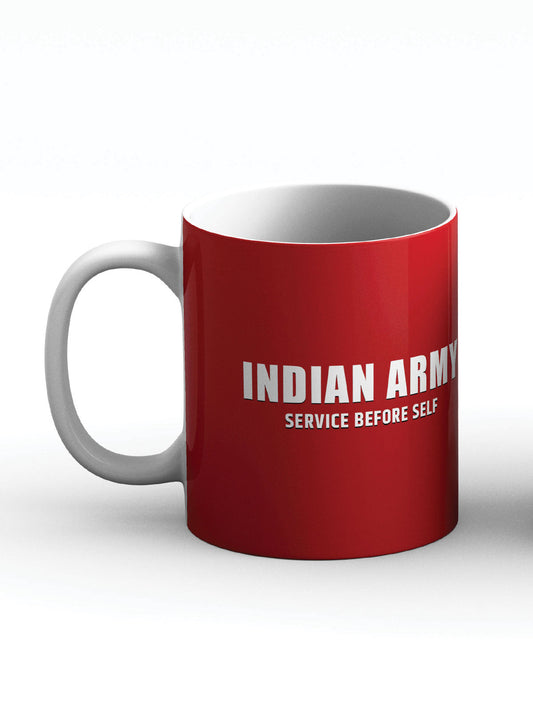
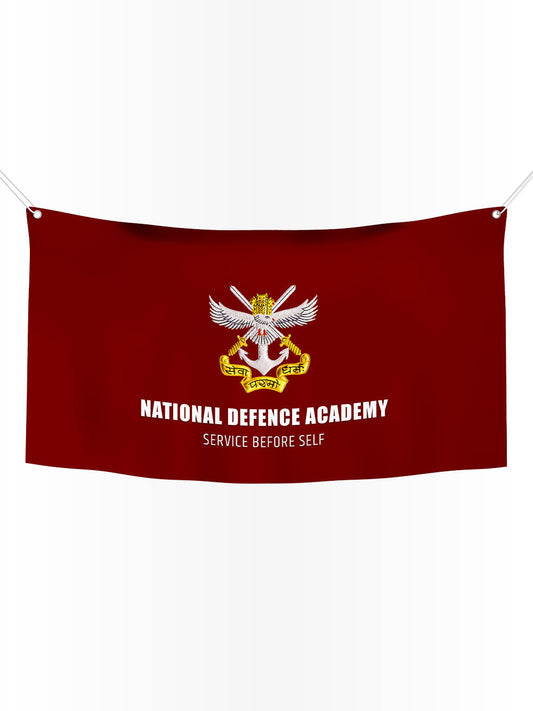
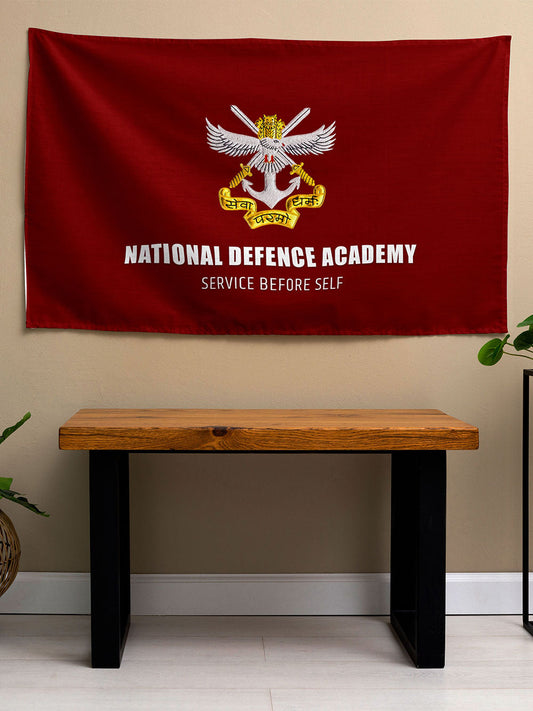

3 comments
Women are not yet in the combat role in infantry so they can not join para sf combat units, they can be in supporting roles like Army Medical Corps, Signal etc.
If women are not in combatant role in para sf then how the lady officer here is seen with balidan badge? Isn’t this bage for para sf only?
Wow, amazing to see a lady officer with the balidan badge.